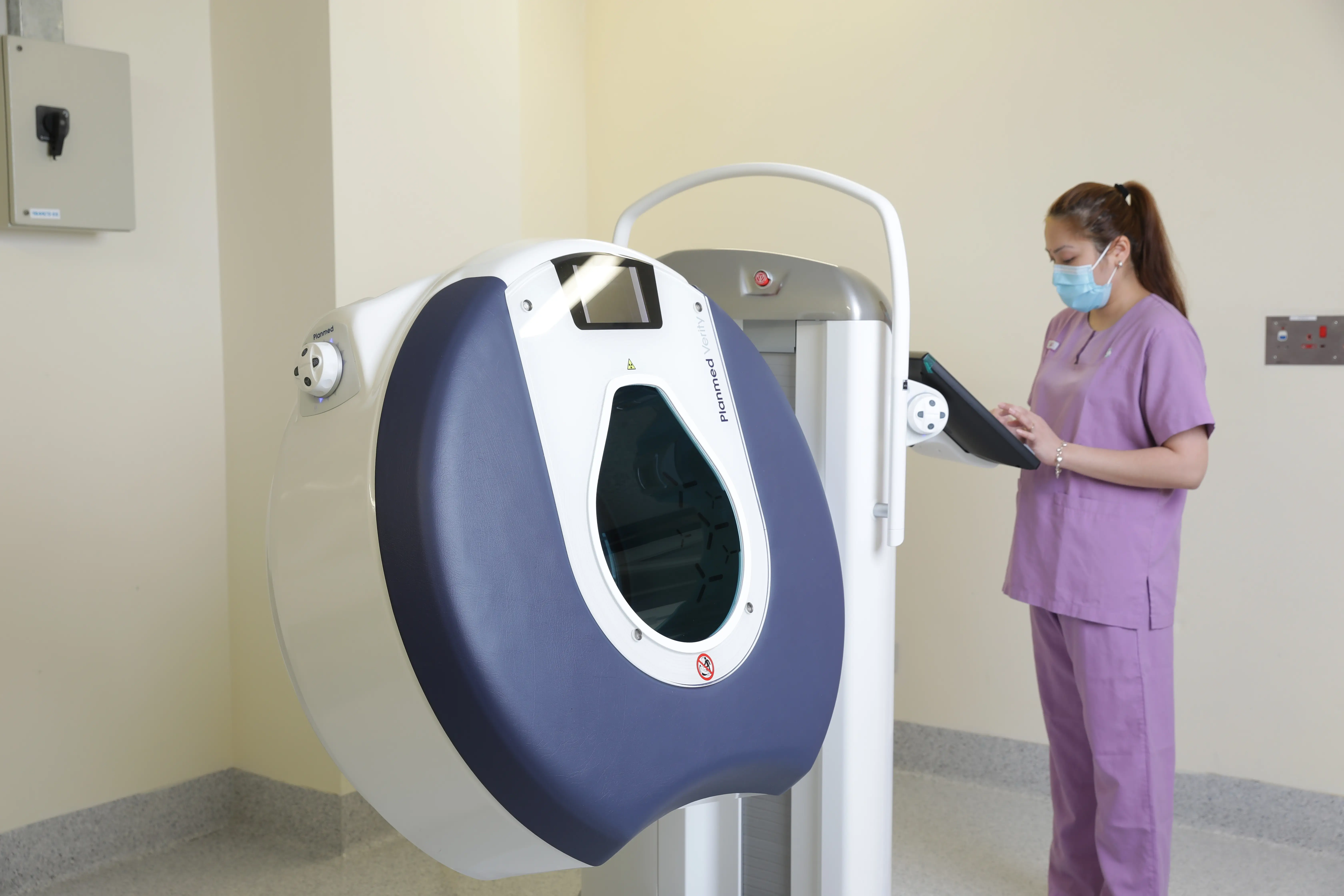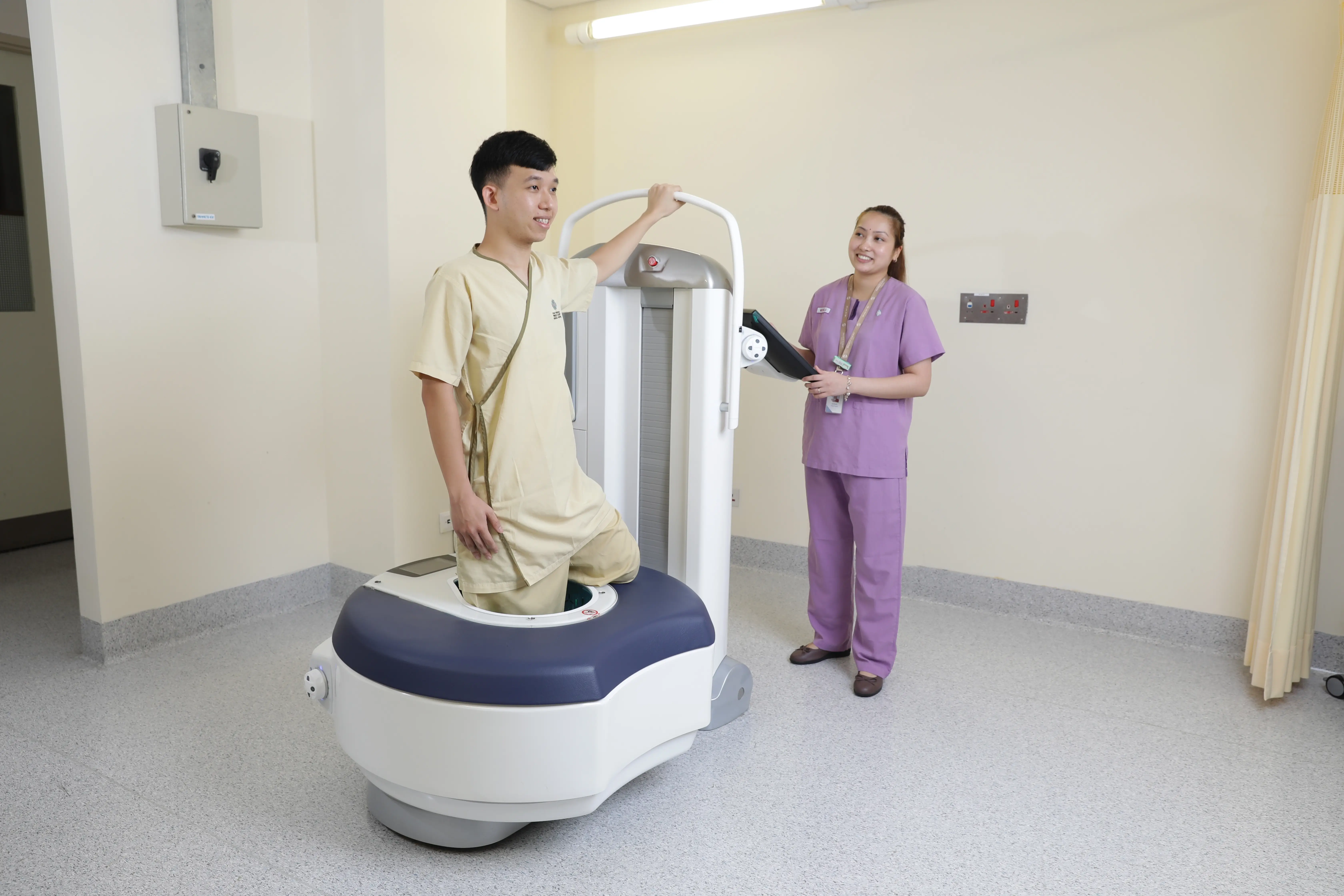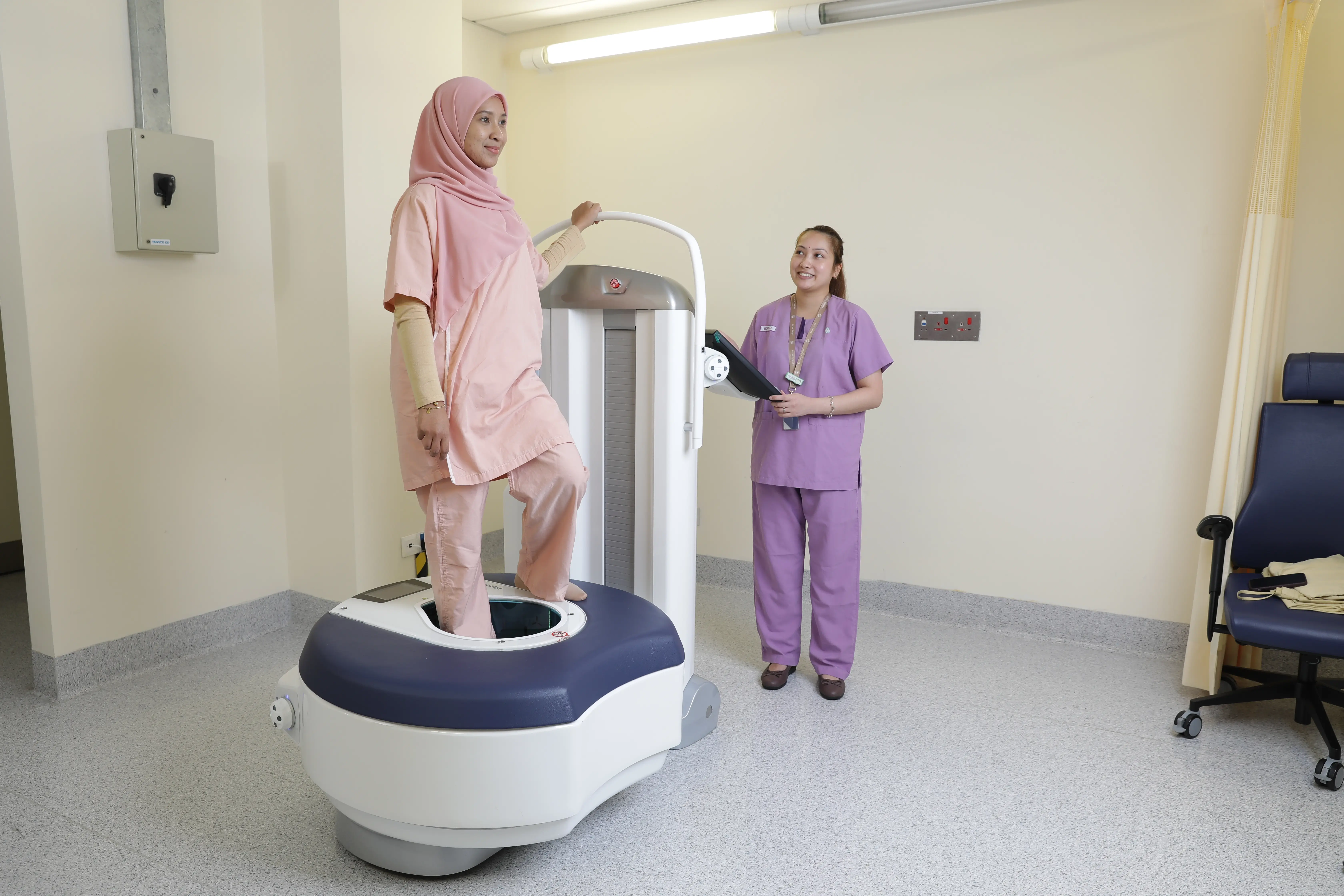Foot & Ankle Health: The Key to Mobility

By Dr. Rukmanikanthan Shanmugam,
Prince Court Consultant Orthopaedic Surgeon (Foot & Ankle)
In the human movement, the foot and ankle ensure that we effortlessly navigate our daily routines. Despite this, we often overlook the importance of these complex structures until we begin to feel discomfort or pain.
Let’s explore the intricacies of our foot and ankle, understanding the significance, common issues and the path to recovery. By doing so, we can understand how these structures affect our daily movements and discover strategies to achieving optimal mobility.
The Foundations of Mobility
Picture a moment of your life without the ability to walk or stand. This clearly underscores the importance of the foot and ankle which not only bear the weight of our body but absorbs the impact of each step, provide stability and propel us forward during activities.
Our foot and ankle comprise a network of 26 bones, 33 joints, and an array of muscles, tendons and ligaments, working seamlessly to facilitate movement. The foot's design allows it adapt to various surfaces that demand either flexibility or rigidity.

Understanding Common Challenges
Foot and ankle injuries are common, and often stem from neglect or overuse. Ankle sprains, fractures, and tendinopathies are just a few of the injuries / conditions that individuals may encounter.
Further, congenital abnormalities or degenerative conditions can aggravate these issues, leading to chronic pain and reduced functionality.
While many injuries heal with time and proper care, some require medical intervention. Surgical procedures may be required to address severe trauma or correct structural abnormalities, highlighting the importance of timely diagnosis and treatment.
Many foot and ankle issues can be addressed through non-surgical methods or surgical intervention. Seeking medical attention is crucial if you have sustained injuries or if you feel something is amiss.
A qualified doctor can evaluate the overall condition of your foot and ankle and provide appropriate guidance. By obtaining a thorough assessment, you will be advised on whether you require specific precautions, braces, physiotherapy, or even surgery to facilitate recovery.
In complex cases, advanced imaging techniques such as weight-bearing CT scans are required to study the problem in detail before providing corrective procedures. The scan is taken while the patient is standing upright and putting weight on the foot and ankle. This imaging provides better detail than an X-ray and is particularly useful in determining the region / structure responsible for the underlying problem.
Embracing a Path to Wellness
So, the next time you take a step, remember to afford the appropriate care to ensure a smoother journey towards everyday comfort and mobility.




















